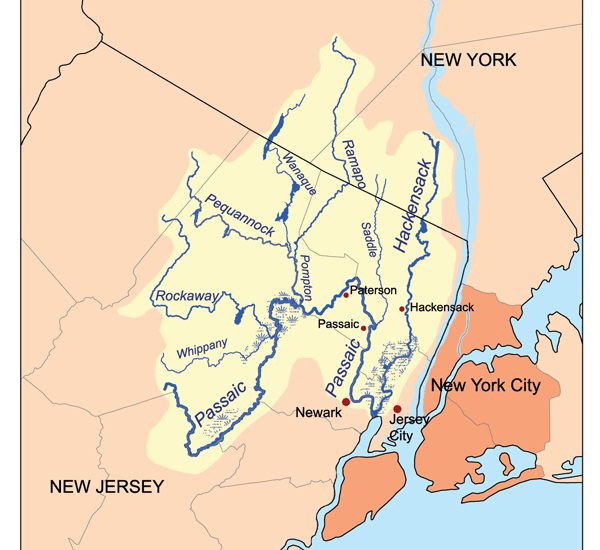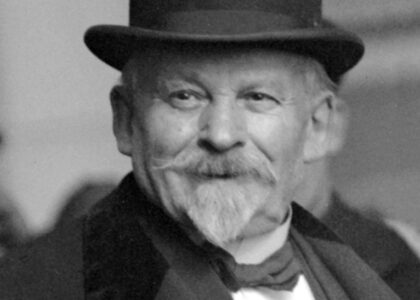Welcome to Hackensack, once known as New Barbadoes, a place where history has left a rich tapestry of stories. Picture yourself back in 1668. This area was part of a massive land grant given to Major William Sandford, an enterprising figure from Barbados. He named it New Barbadoes Neck, a nod to his origins. This was a time when the land was a canvas of opportunity and exploration. Major Sandford’s transaction with Chief Tantaqua of the Hackensack tribe is a testament to the early interactions between European settlers and the indigenous communities. He paid 20 pounds sterling for the rights and titles to the land, marking the beginning of a new chapter in this region.
Fast forward to the early 1700s. Major Nathaniel Kingsland, Sandford’s uncle, acquired the property and soon after, Captain Arent Schuyler made a significant purchase. It was here that Schuyler’s discovery of a peculiar green stone led to the opening of a copper mine, which would bring the first steam engine to America from England. Imagine the buzz of innovation as this engine, secretly delivered by Josiah Hornblower, was used to pump water from the mine. However, the story takes a dramatic turn when the engine and mines were destroyed by fire in 1772, a setback that left them idle for years.
During the American Revolutionary War, Hackensack found itself in the thick of action. Schuyler Mansion served as a headquarters for British General Henry Clinton during a key raiding operation. This mansion, which stood until 1924, was a strategic point due to its proximity to New York Harbor. The roads of Hackensack, like the Belleville Turnpike, were trod by the boots of British officers, giving the area a unique historical significance.
By the mid-19th century, Hackensack was part of the larger Township of Harrison. It wasn’t until 1867 that a determined General N. M. Halsted led the charge for independence, resulting in the creation of Kearny Township. Named after Major General Philip Kearny, a Civil War hero, the town began to carve out its own identity. This period saw the establishment of the first Town Hall and the election of town officers, marking the beginning of local governance.
Today, Hackensack stands as a reminder of its storied past, a place where tales of innovation, conflict, and community intertwine. As you walk or drive through, imagine the footsteps of those who came before, from indigenous tribes to pioneering settlers, and reflect on a legacy that continues to shape the present.






